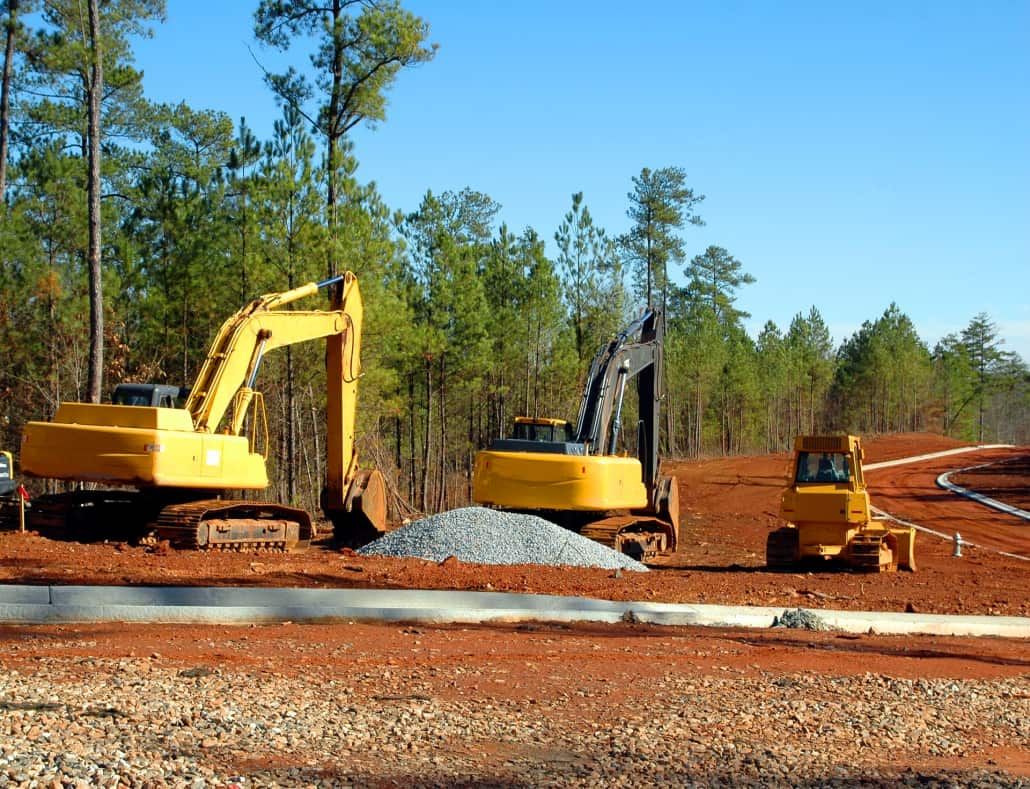Exploring the Art of Land Development: Balancing Progress and Preservation

Land development is an intricate process that involves transforming raw land into functional and profitable spaces. It encompasses a range of activities, including planning, designing, and constructing residential, commercial, and industrial properties. While land development is essential for progress and growth, it also raises concerns about preserving the natural environment.
One of the main challenges in land development is finding a balance between progress and preservation. On one hand, development projects boost economic growth by creating jobs, attracting investors, and generating tax revenue. They can also enhance the quality of life for communities by providing essential infrastructure, housing, and amenities. However, these projects often come at the expense of natural resources, wildlife habitats, and the overall ecosystem.
To mitigate these negative impacts, developers must adhere to sustainable practices and regulations. This involves conducting thorough environmental impact assessments and incorporating measures to minimize the harm caused by development activities. For example, proper stormwater management systems can be implemented to prevent erosion and protect water bodies from pollution. Additionally, developers can preserve and enhance green spaces by incorporating parks and open areas into their plans.
Another aspect of balancing progress and preservation is preserving historic and cultural heritage. Land development must consider the historical significance of the area and find ways to incorporate or preserve significant landmarks. This can be achieved through adaptive reuse of existing structures, such as converting old factories into modern residential or commercial spaces. By doing so, developers not only respect the area's history but also contribute to a sense of place and community identity.
Engaging with local communities and stakeholders is crucial for successful land development projects. By involving them in the planning and decision-making process, developers can gain valuable insights and address concerns about preservation. This participatory approach not only fosters a sense of ownership but also ensures that the development aligns with the community's needs and values.
Government regulations and policies play a significant role in achieving a balance between progress and preservation in land development. They provide guidelines and standards that developers must adhere to, ensuring environmental protection and preservation of natural resources. By setting clear expectations and requirements, governments can encourage sustainable development practices and hold developers accountable for their actions.
Furthermore, advancements in technology have opened up new opportunities for sustainable land development. From using renewable energy sources to employing smart and green building materials, developers can reduce their carbon footprint and minimize their impact on the environment. Incorporating energy-efficient designs and technologies, such as green roofs and solar panels, can also contribute to long-term sustainability.
Lastly, education and awareness are essential for promoting a balanced approach to land development. By educating developers, architects, and engineers about sustainable practices and the importance of preservation, the industry can shift towards more responsible development. Additionally, raising awareness among the general public about the significance of preserving natural and cultural heritage can foster a collective commitment to sustainable land development.
In conclusion, achieving a balance between progress and preservation in land development is a complex and ongoing process. It requires a combination of sustainable practices, government regulations, community engagement, technological advancements, and education. By prioritizing environmental protection, historic preservation, and community involvement, developers can create spaces that not only drive economic growth but also preserve the natural and cultural heritage for future generations.
